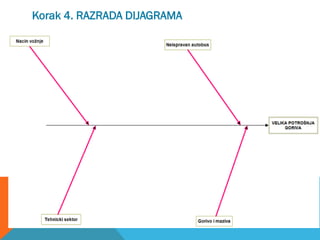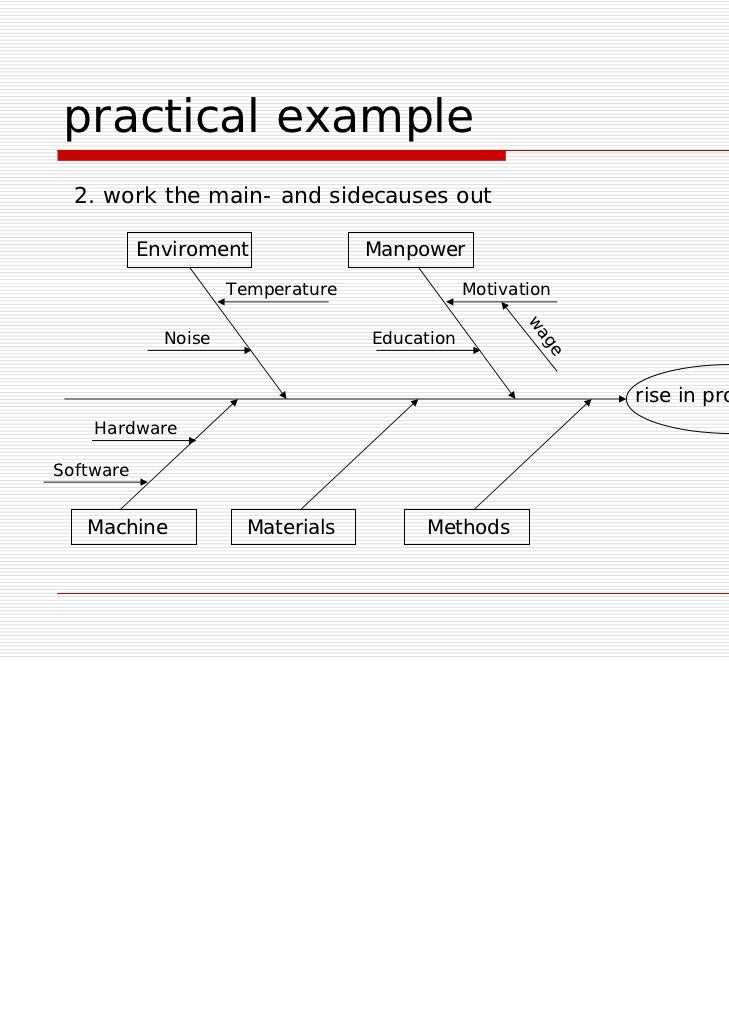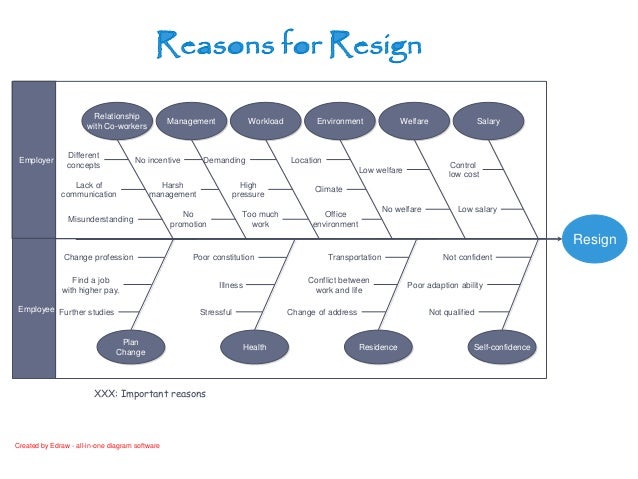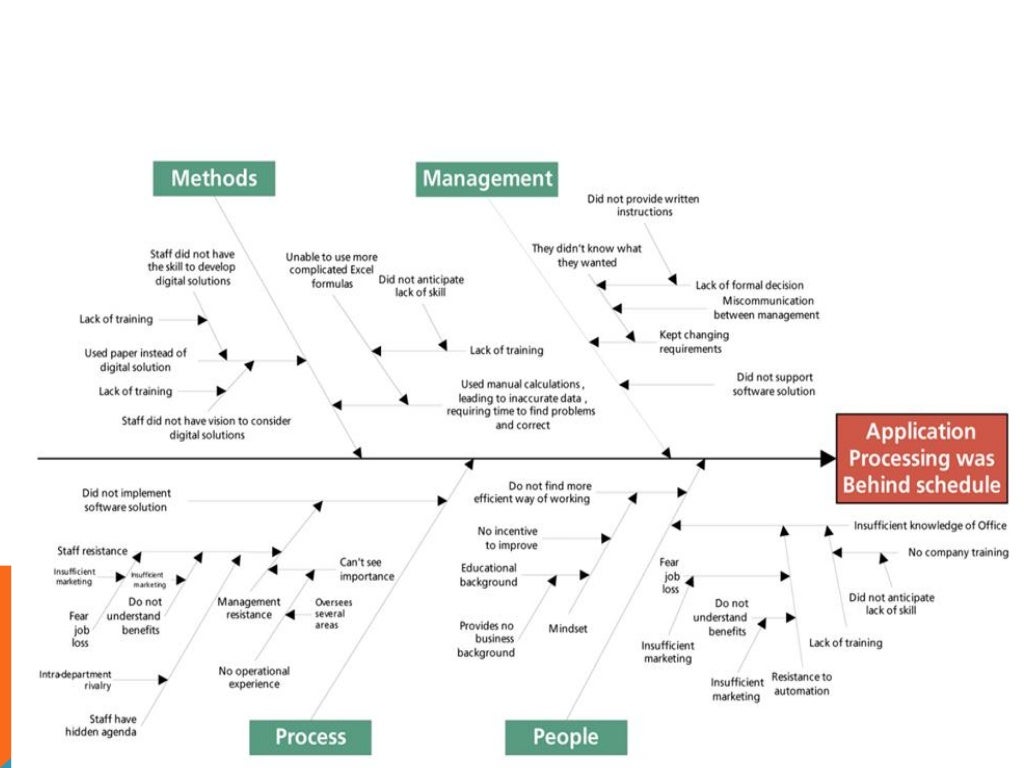


From the patient perspective, expectation and expectation violations of PCC can remarkably influence their experience and future usage of OPCC. PCC is promoted as a regular part of healthcare providers’ routine to ensure that they are meeting patient needs and are ensuring patient engagement throughout the medical process ( Committee on Quality of Health Care in America, 2001). In addition, patient-centered communication (PCC), which focuses on patients’ need, value, and preference, is vital to improve patient satisfaction and healthcare delivery ( Jiang, 2017). Focusing on improving patient satisfaction with OPPC will lead to the increased uptake and adoption of OPPC. Patient satisfaction with OPPC is the driving force that fosters user habits and expands market share, which can further lead to better medical outcomes with OPPC ( Hawthorne et al., 2014). Particularly, the mechanisms of patient satisfaction toward OPPC are underexplored. Some studies have been conducted to understand the feasibility, effectiveness, and user experience of OPPC, but these findings remain limited ( Lee and Zuercher, 2017). However, the development of OPPC remains in its infancy compared with many other online services ( Jiang, 2019b). The market share of OPPC is foreseen to grow with an estimated annual growth rate of 17.7% in 2020 ( Med. The number of OPPC users remarkably increased, especially during the COVID-19 outbreak when social distancing was encouraged.
#Ishikawa diagram offline sharing online sharing android#
More than 561 apps can be found in the category “online doctors and telemedicine” in Android and iPhone app stores ( Appgroves, 2020). These services have attracted an increasing number of users worldwide who log on to access online medical services ( Santana et al., 2010 Silver, 2015 Jiang, 2019a). Many medical apps and platforms have been developed under the encouragement and support of government policies, market demand, and consumer need ( Shakhovska et al., 2019).

Traditional offline medical visits remain the dominant format for healthcare provision, whereas OPPC is an alternative and supplementary approach to attenuate various problems relevant to healthcare ( Gunter, 2005 Jiang et al., 2019). OPPC allows patients access to physician advice for their symptoms or stay connected with physicians by using internet technology-based applications (apps Santana et al., 2010 Jiang, 2019a). The digital transformation of healthcare services brings us into an era where offline and online patient–provider communication (OPPC) coexist as part of our daily life ( Agarwal et al., 2010). This positive relationship was partially mediated by the decrease in the expectancy violation of PCC in OPPC scenarios.ĭiscussion: The study can contribute to increasing the adoption of OPPC and reducing the burden of offline medical resources. Nevertheless, patients’ satisfaction with OPPC significantly increased as the frequency of OPPC usage increased ( β = 0.209, p < 0.001). However, patient satisfaction with OPPC was lower than that in offline medical encounters ( M = 3.75, SD = 0.80), and patients suffered a higher expectancy violation of PCC in OPPC scenarios ( M = 0.45, SD = 0.76) than in offline medical encounters ( M = 0.27, SD = 0.69). Results: The 471 qualified participants reported high satisfaction with OPPC (mean = 3.63, standard deviation = 0.81). Method: An online survey was conducted in October 2019 among Chinese respondents who experienced OPPC and offline medical services. This study investigates the role of patient expectancy and the expectancy violation of patient-centered communication (PCC) in patient satisfaction in emerging OPPC scenarios by integrating the concepts of PCC and expectancy violation theory (EVT). However, its penetration rate remains low, and the underlying mechanisms of patient satisfaction with OPPC are underexamined. Introduction: Online patient–provider communication (OPPC) has become an alternative approach to seek medical advice and contact health professionals. 3Bloomberg School of Public Health, Johns Hopkins University, Baltimore, MD, United States.



 0 kommentar(er)
0 kommentar(er)
